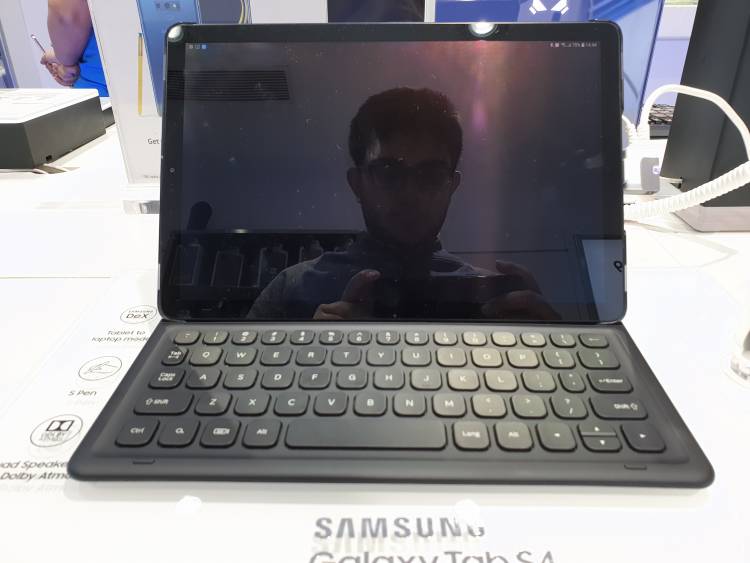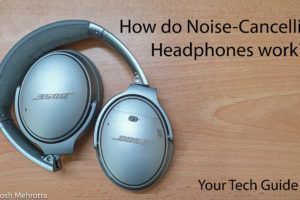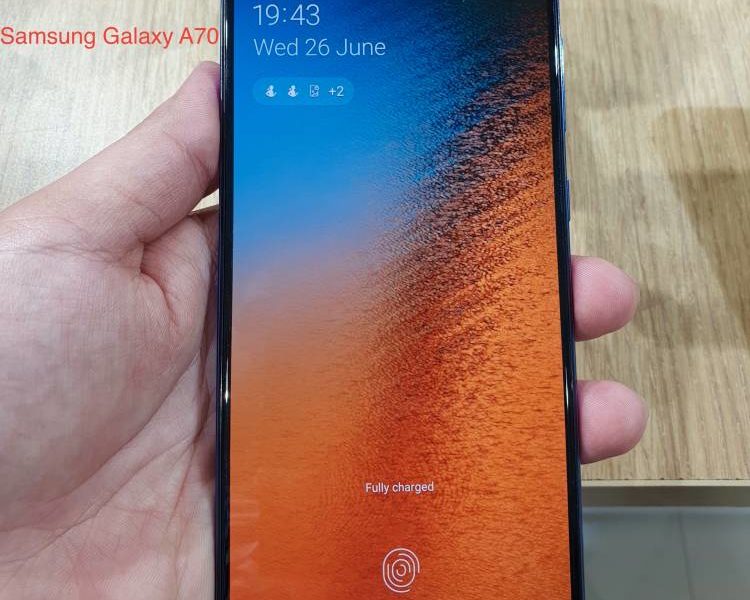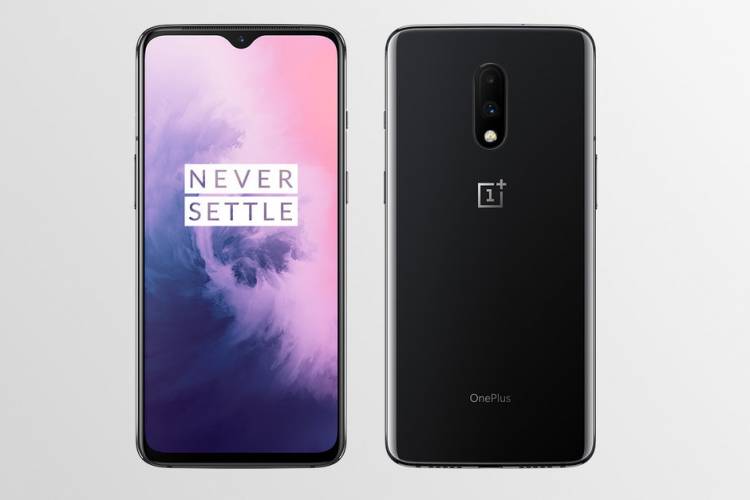Noise-cancelling is the new in thing in sound. I recently was in the market for a new pair of headphones. Everywhere I searched, I found around 90% of the headphones being claimed to offer noise-cancelling. This has become sort of a norm in the audio industry, where every company is claiming that its products have the best noise-cancelling. But you may ask what is noise cancelling and why should you care?
Let me explain:
Noise-cancelling the industry term for the processes that are used in isolating the listener from outside noise. What is noise, you may ask. Noise is that part of the sound which is mot part of the music, and is part of the ambient environment. For example, if you’re listening to your music in a room full of people who are talking, then the sound that is the combination of the conversations is the noise. Noise is the part that distracts you from your music, and decreases the experience.
This is where noise-cancelling headphones work their magic. They weed out the noise from the music, and greatly increase the experience.
Noise-cancelling is mainly of two types: Active and Passive Noise-cancelling. Let’s discuss about both of them in detail.
Passive Noise-cancelling
Also called as Noise Isolation, it is the noise cancelling process which works by physically reducing the sound waves by using sound insulating materials like foam, tiles, wood, etc. It is cheaper to implement, so it is generally found on low-end headphones. It is more suited towards low pitch sounds, but is not capable of isolating sounds of high frequencies or very high pitch.
It would be a good choice for you if you listen to music in mostly quite places, or if you don’t want to spend a bomb on a pair with Active noise-cancelling.
Active Noise-cancelling
This is the real deal, and is far more complex than Passive Noise-cancelling. As you may know, sound is a pressure wave, thus it is composed of a sequence of high- and low-pressure zones. This sequence has a particular phase. All Active noise-cancelling headphones have a microphone on the side opposite to your ears, which is used to listen to the ambient noise.
After listening to the noise, the headphone then emits a sound of the same amplitude but opposite phase as the original ambient noise. This causes a phenomenon called destructive superposition, which involves the two sounds of opposite phase cancelling each other out. This leads to a decrease in the ambient noise reaching the ears of the listener.
So, that’s how noise-cancelling works. If you have any doubts, do reach out to me. If you have anything to add to this discussion, do so in the comments section below. Cheers!
![]()























